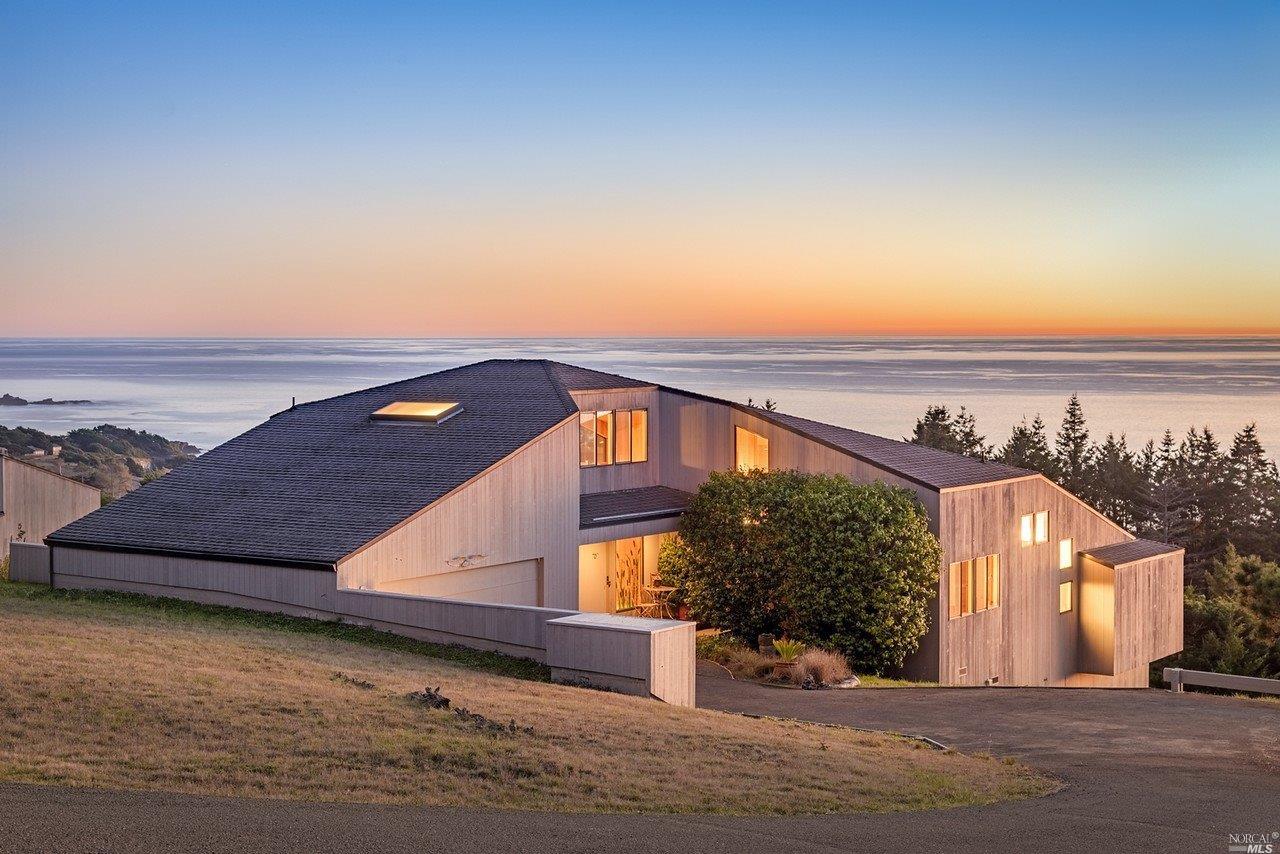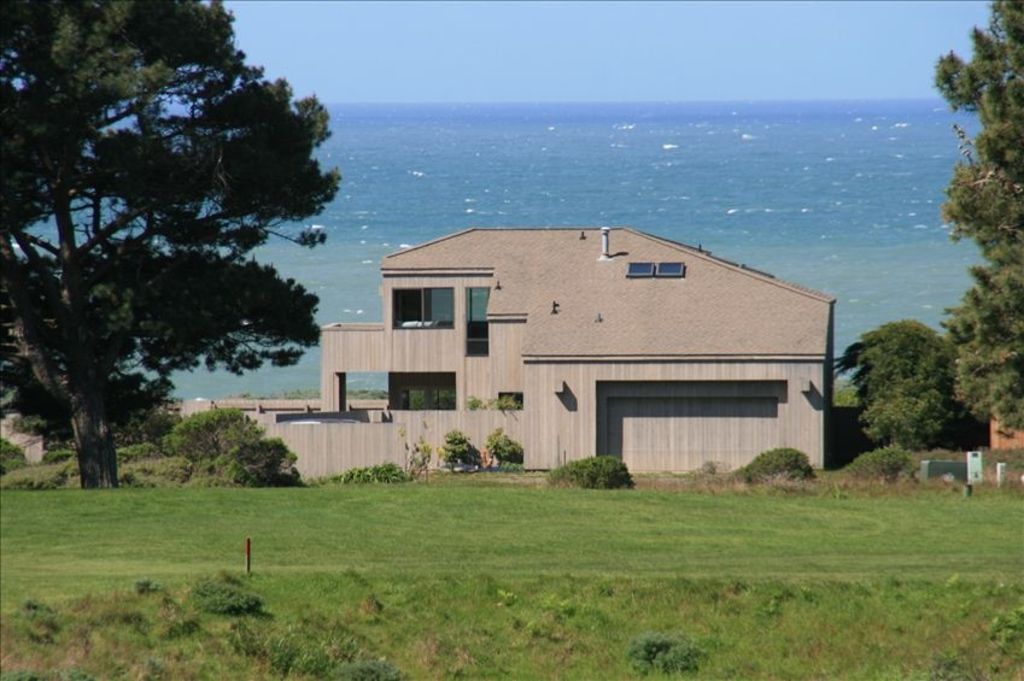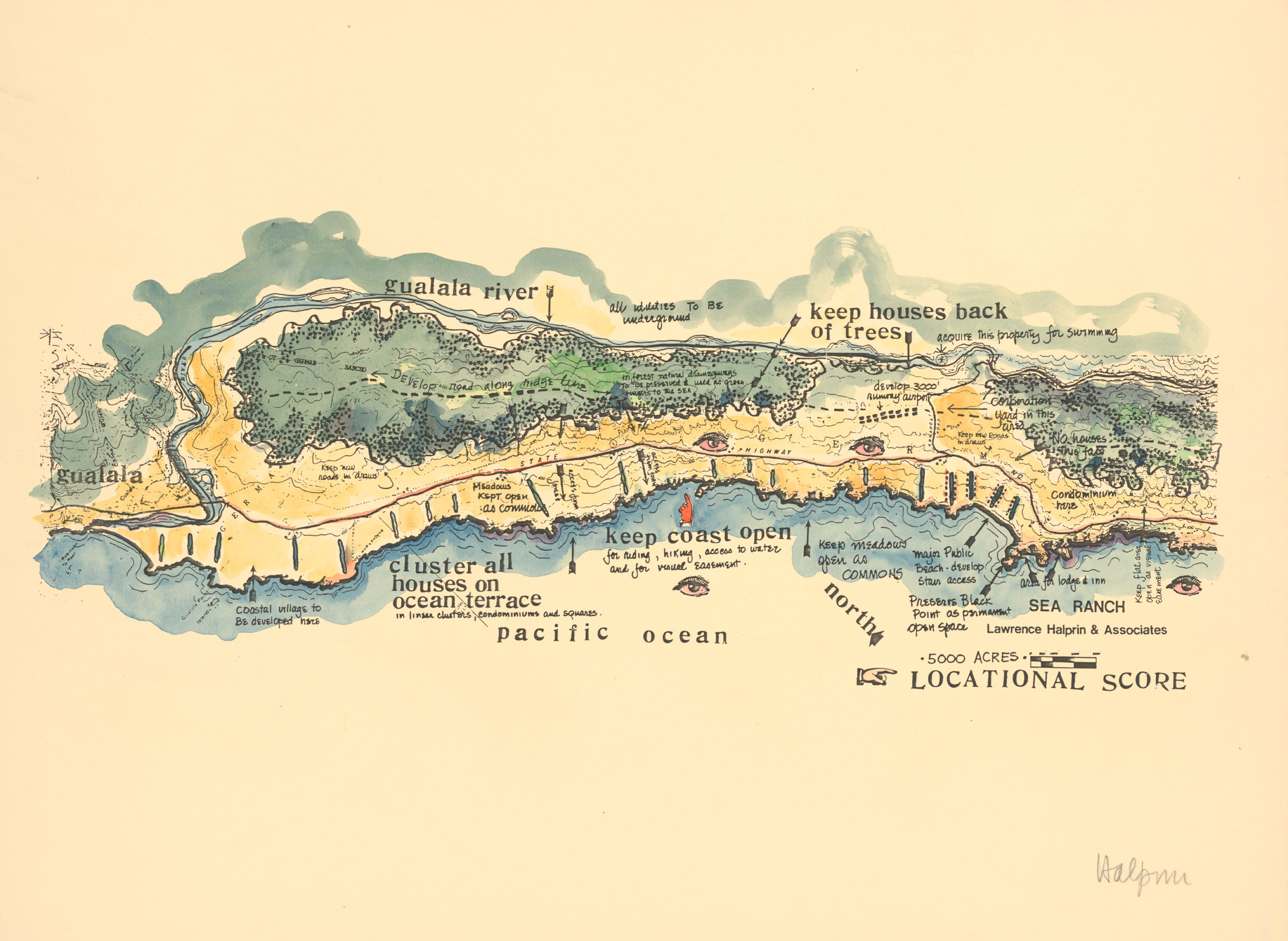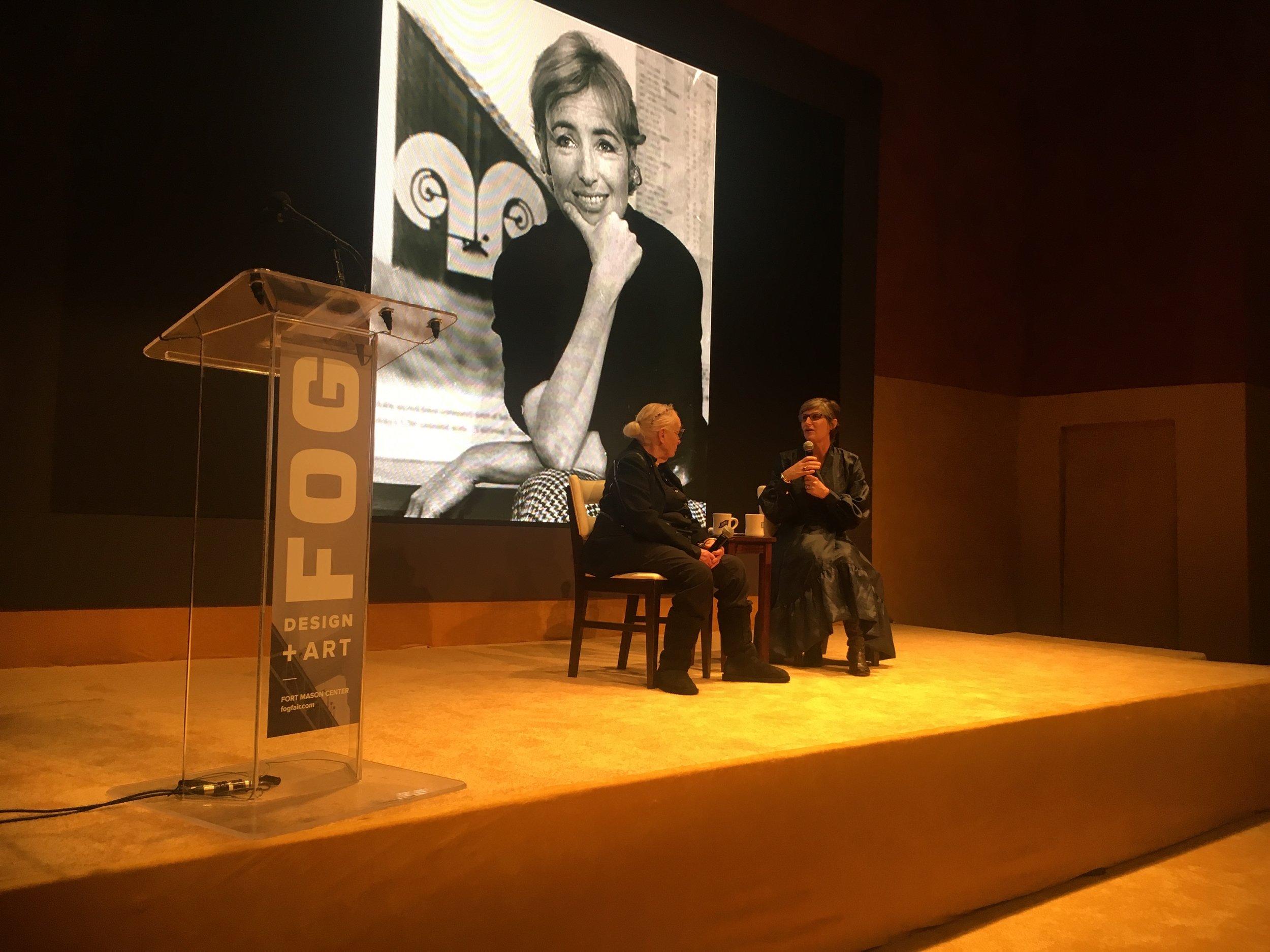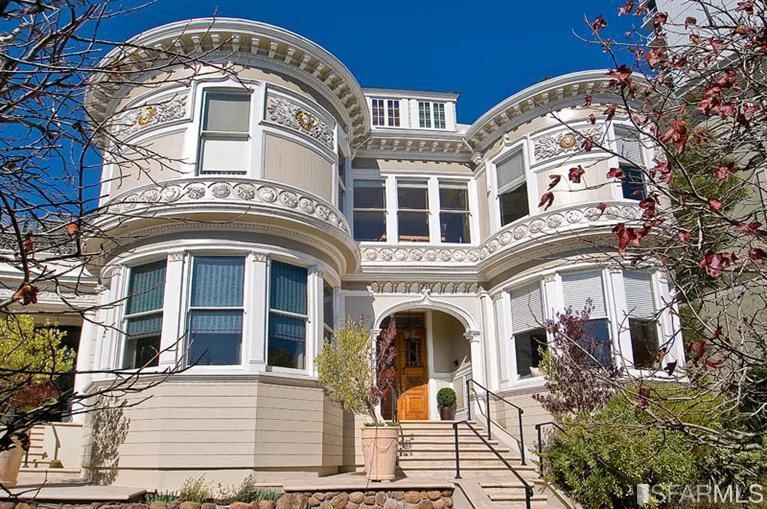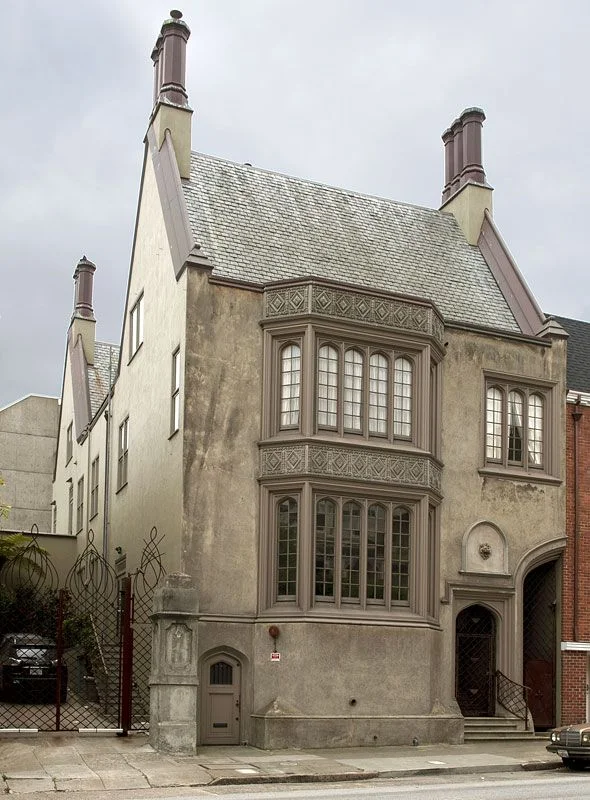Jennifer Dunlop Fletcher - SFMoMA
/The LOFTY HEIGHTS Interview
Jennifer Dunlop Fletcher
C A E N L U C I E R: As a girl who knew exactly what she wanted to do at a young age, talk about your current state of mind as SFMOMA’s Helen Hilton Raiser Curator of Architecture and Design.
Jennifer Dunlop Fletcher: At a young age, I saw museum exhibitions as one way to address a gap in arts education and introduce important ideas, new forms and processes seen in architecture and design, and revisit history with a broad audience. I still have those goals as well as an interest in engaging in public dialogue with designers, museum visitors and colleagues. It’s more important than ever to listen, share and take action.
CL: How have you seen the Snoetta designed new museum substantiate the position of SFMOMA on the national and international museum scene?
JDF: I’ve noticed that tremendous additions to SFMOMA’s collection, including the Fisher Collection loan, which were acquired during the building’s closure, broadened SFMOMA’s audience and engagement significantly.
CL: Is there a favorite work that you enjoy visiting in the museum?
JDF: It is always a treat to walk through the Dan Graham sculpture on the small outdoor balcony on the 4th floor overlooking the Yerba Buena Garden.
CL: In what direction do you see the Architecture and Design department at SFMOMA growing in the years ahead.
JDF: Now that the department and collection is well-established and going on thirty years at SFMOMA, we’ll continue to focus on works that generate new ideas and dialogues, while also turning our attention to visionary contemporary works from the Bay Area and beyond.
CL: Your new show, Sea Ranch: Architecture, Environment, and Idealism, just opened. How did the idea develop from your initial proposal to a public exhibition.
JDF: SFMOMA’s Architecture + Design gallery has very high walls, and much of the original 1960s designs for The Sea Ranch are small hand-drawings. My colleague and co-curator on the exhibition, Joseph Becker and I decided to recreate a full-scale version of one of the earliest Condominium units to fill the central space, and surround it with drawings and photographs on the gallery walls. Since The Sea Ranch is a bit far, it was important that visitors have an opportunity to experience the interior configuration of the architecture.
CL: What was your most exciting find during your research for the show?
JDF: There were so many exciting finds! Every day I have a new favorite. Constance Beeson’s 1966 film of a Halprin Workshop showing The Sea Ranch site and people experiencing nature with intent and intensity was as exciting as finding architect Joseph Esherick’s initial Hedgerow house studies. We looked at thousands of drawings and photographs, and narrowed it down to just under one hundred works on view—each one is a gem.
CL: It has been many years since your department published a book in conjunction with a show. What did you learn from the process.
JDF: While the essay writing is arduous it is so rewarding, and feels like a luxury to be able to spend time considering a subject or period. A book is a more private experience than an exhibition, but can be revisited repeatedly. For me, it is a pleasure to return to an exhibition catalog and remember seeing each work depicted
CL: FOG Fair is this week. What do you enjoy most about the fair?
JDF: I love speaking to so many people about exciting design for four days straight.
CL: How has FOG Art + Design supported your department’s efforts?
JDF: The FOG Forum supports SFMOMA’s Architecture + Design collection building.
JDF IN DISCUSSION WITH BOBBIE STAUFFACHER SOLOMON AT FOG FAIR 2019
CL: What are some of you favorite museums?
JDF: The Zumthor-designed Kolumba Museum in Cologne, Germany, the new Fondazione Prada in Milan by Koolhaas and the Museo Nacional de Antropologia in Mexico City, . . .
CL: Any favorite architects and designers?
JDF: The ones that keep surprising and challenging me!
JDF ON PANEL WITH JONY IVE
Visit SFMOMA
C A E N L U C I E R thanks Jennifer for taking the time to work on this piece with us.






